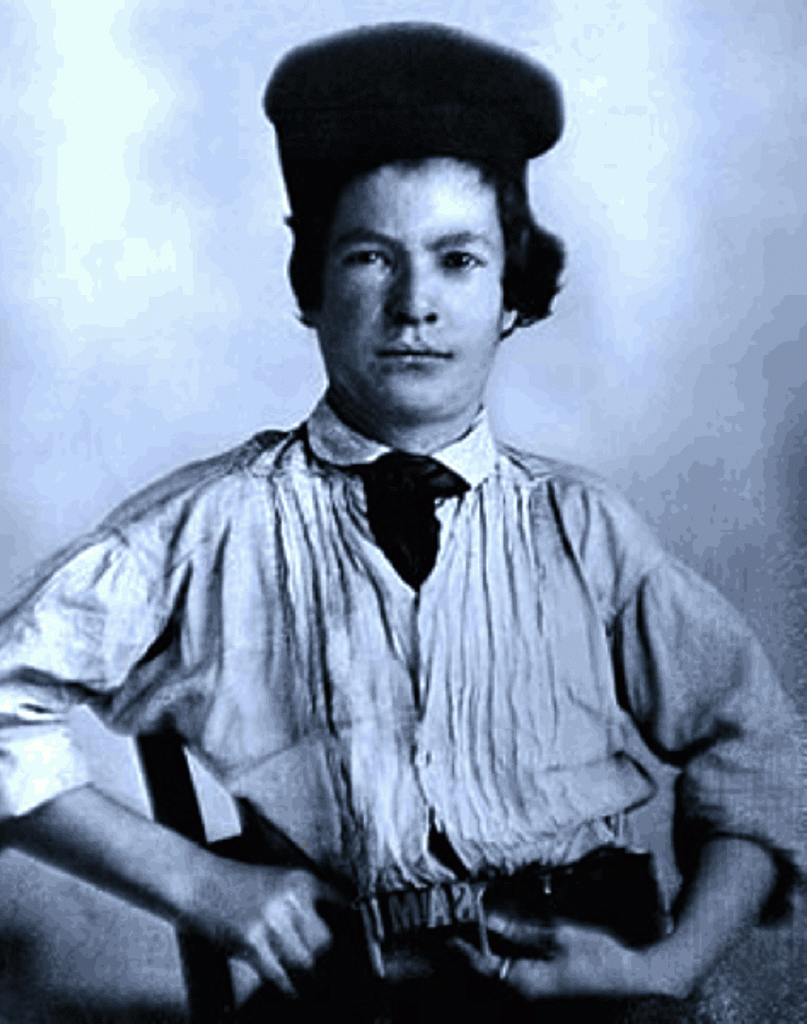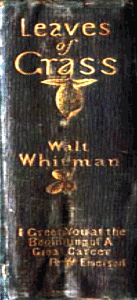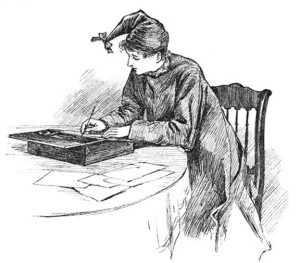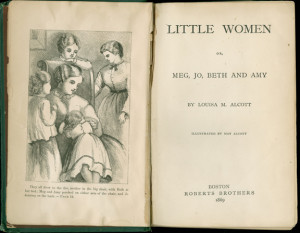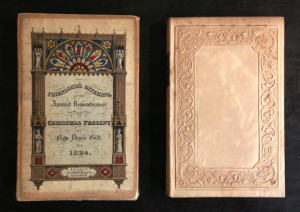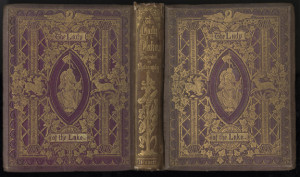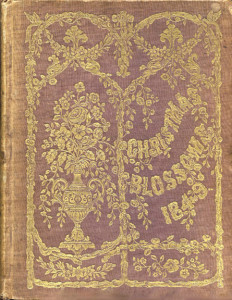Ghost and other supernatural creatures seem drawn to books and to places containing many books – libraries, bookstores, the private studies of scholars and philosophers. We have explored the connection of books and manuscripts to the paranormal in several previous blog posts: books of magic spells (“Spellbinding: Works of Magic in Fantasy Literature”), books that are cursed or that deliver curses (“You Have Been Warned”), and volumes that predict, or even write, the future (“Spellbinding, Part II: Books of Power on Screen”). Some of these volumes are real, while many are fictional works in fictional settings. Either way, they speak of the lure of words, signs, and symbols in conjuring our imagination and perhaps something more! Add to this the fusty atmosphere of old libraries, the dark, eerie recesses of antiquarian bookshops, and the lonely, dimly-lit alcoves of a scholar’s study, and one can see and feel the attraction for the otherworldly.
Forgotten Lore
Libraries full of Edgar Allan Poe’s “quaint and
curious volume[s] of forgotten lore” are a staple of horror fiction. Sometimes
the book-lined shelves seem to attract the forces of darkness. At other times,
the book collector himself is the source of the evil.
In Poe’s poem “The Raven,” the bird – clearly a
denizen of the spectral plane – visits a grieving scholar in his study,
offering cold comfort.
Ah,
distinctly I remember it was in the bleak December;
And
each separate dying ember wrought its ghost upon the floor.
Eagerly
I wished the morrow;—vainly I had sought to borrow
From
my books surcease of sorrow—sorrow for the lost Lenore
In his novella The Case of Charles Dexter Ward,
horror writer H.P. Lovecraft describes the “special” library of an evil
occultist, intermixing real and imaginary works:
The bizarre collection, besides a
host of standard works … embraced nearly all the cabbalists, daemonologists,
and magicians known to man; and was a treasure-house of lore in the doubtful
realms of alchemy and astrology … Mr. Merritt turned pale when, upon taking
down a fine volume conspicuously labelled as the Qunoon-e-Islam, he found it
was in truth the forbidden Necronomicon of the mad Arab Abdul Alhazred, of
which he had heard such monstrous things some years previously….”
Famed ghost story writer M.R. James litters libraries
throughout his tales of ghosts, demons, and cursed texts. In the short story The
Tractate Middoth, a young librarian at a “certain famous library” goes to
retrieve a book (containing a magical secret) from the Hebrew section for a
visitor. He is found in a state of shock. Later he speaks to his friend about
the occurrence:
I’ve noticed it the last day or two – a sort of unnaturally strong smell of dust. But no – that’s not what did it for me. It was something I saw…I saw an old parson in a cloak taking [the book] out…Well, I made a bit of a noise on purpose, coughed and moved my feet. He turned around and let me see his face…the upper part was perfectly dry, and the eyes were very deep-sunk; and over them, from the eyebrows to the cheek-bone, there were cobwebs – thick. Now that closed me up, as they say, and I can’t tell you anything more.
The (Re)animated
Boy: “They say this library is
haunted.
Bully: By who? Ernest Hauntingway?
(Casper: A New Beginning, 1997)
Cartoons and comics are rife with magical books, haunted
libraries, and bookstores.
Gravity Falls offers a story arc centered on a set
of mysterious journals containing information on otherworldly beings,
instructions for building an interdimensional gateway, and an incantation for
raising the dead. In the Netflix series Hilda, the title character and
her friend Frieda find that the Trolberg library contains a labyrinth of secret
staircases, passageways, and rooms – all lined with ancient texts – and that
the fabled “witches tower” lies beneath all of these.
In the Disney series The Ghost and Molly McGee,
a tiny ghost known as a story sprite invades the local bookshop and wreaks
havoc by slurping up the words of the books. According to lore introduced in
the story, the sprite is responsible for bringing on the Dark Ages by consuming
all the books of the day. In The Owl House, young witch-in-training Luz
visits the Bonesborough Library where she encounters the demon decimal system, an
“encyclopsedia,” and books that come to life under certain astrological
conditions. There is also a “forbidden section,” which would seem to sort of
defeat the purpose.
And in the episode “Knight Terrors” of Scooby-Doo:
Mystery Incorporated, the gang visits the spooky Burlington Library and
encounters disturbing phenomena, including a ghost train.
A Japanese book series, The Haunted Bookstore,
has been adapted in manga-style. The book shop of the title contains a portal
to the spectral dimension; many spirits from Japanese folklore enter to
purchase or borrow books.
“Real” hauntings
And what about real literary hauntings? A simple
internet search uncovers dozens of “real” library hauntings across the world. Since
those events are well covered elsewhere, we won’t discuss them here. Suffice it
to say, when next you find yourself in a secluded corner of your favorite
library or bookshop and hear rustling, well, it may not be simply pages turning.



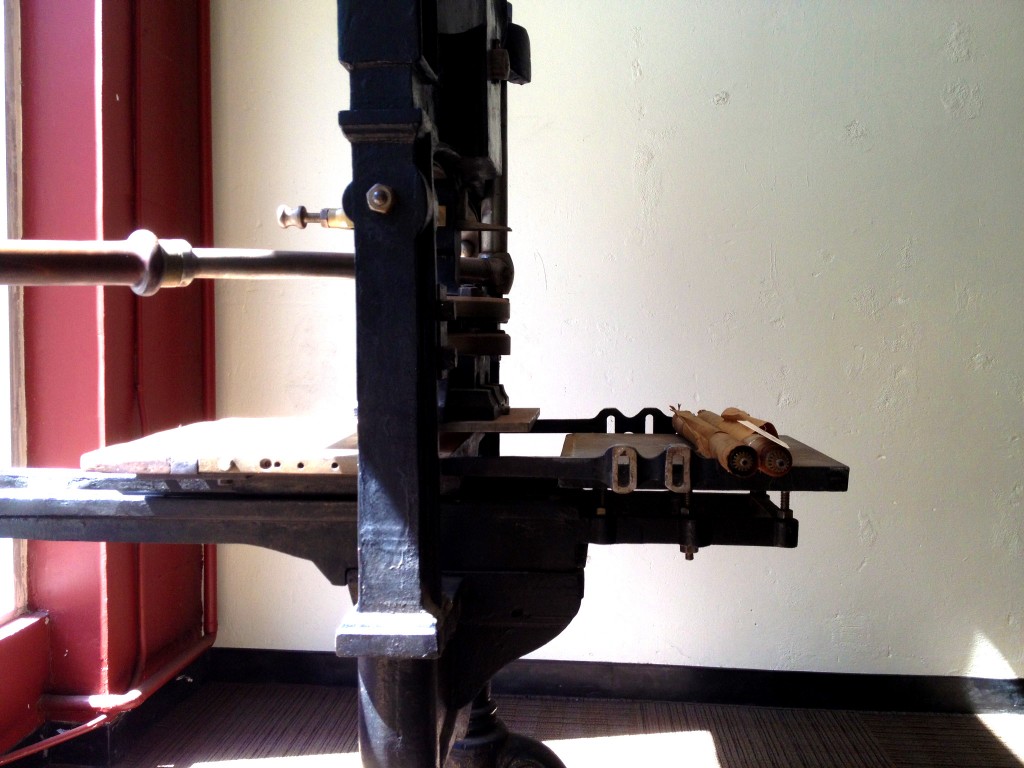
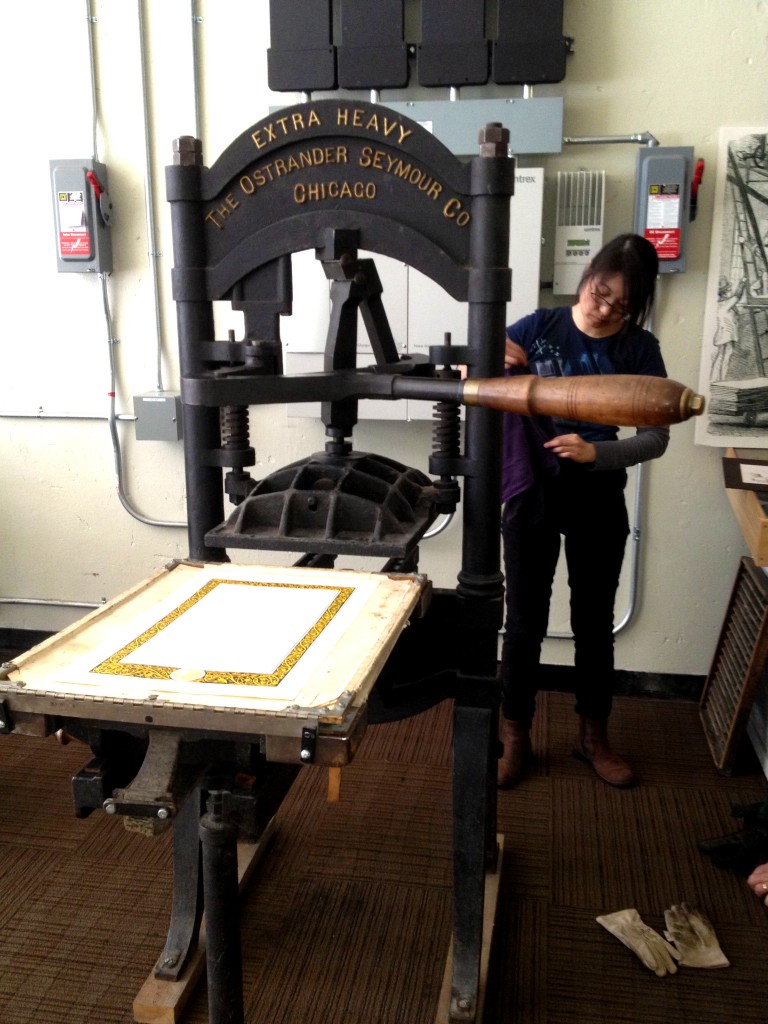
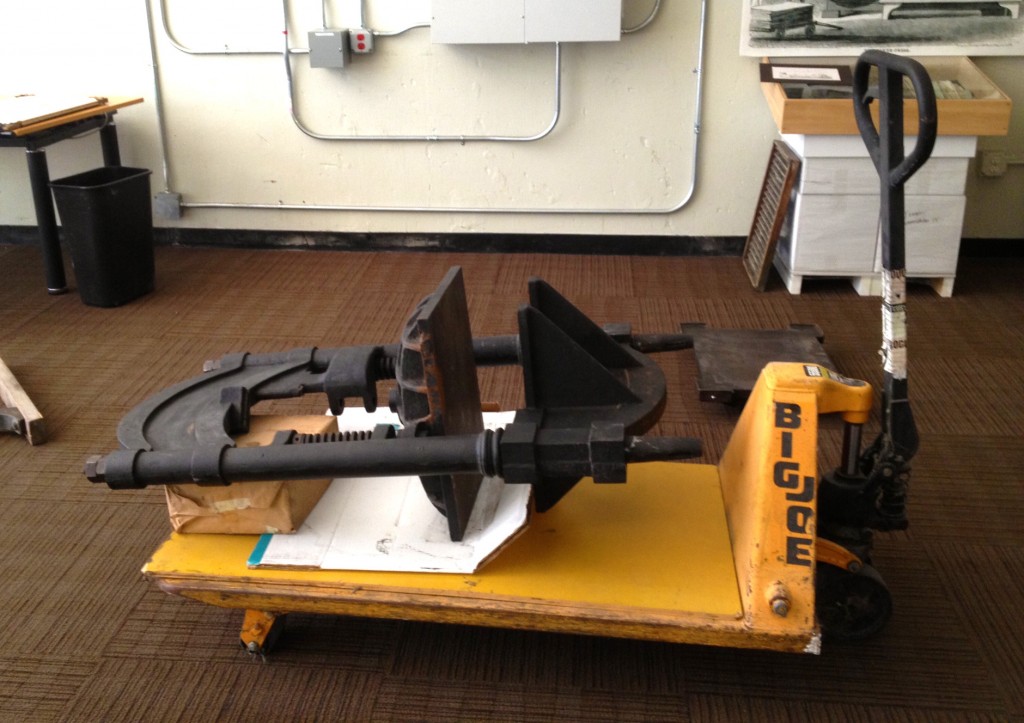
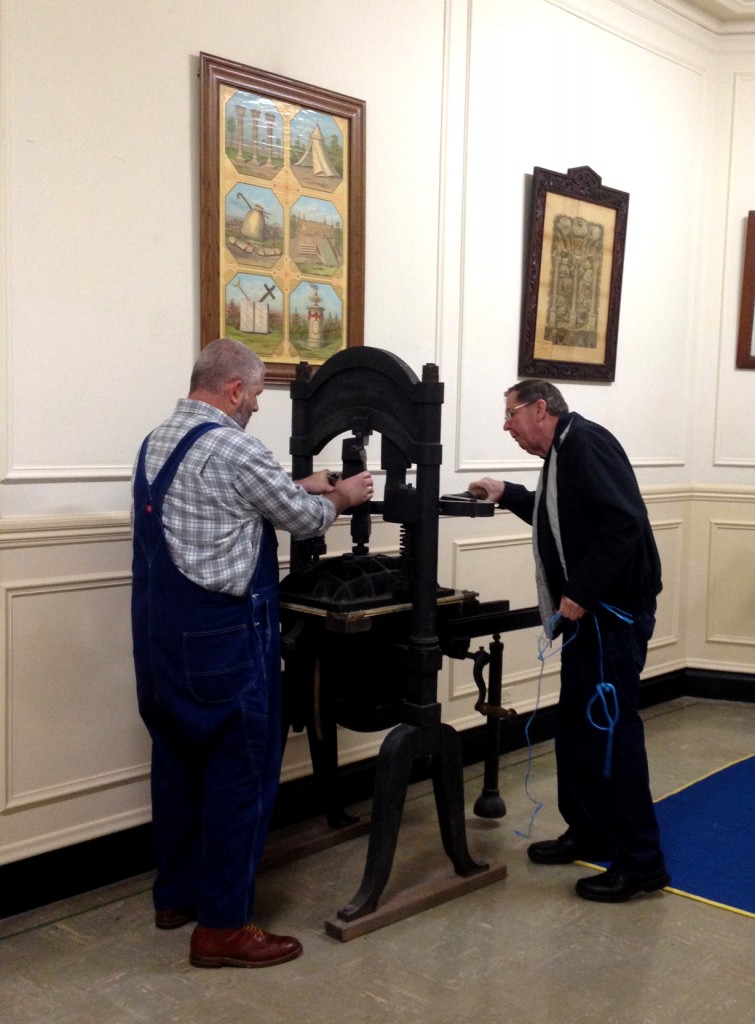
 An engraving based on an 1876 oil painting “Young Franklin at the Press” by Enoch Wood Perry, in the collection of the Albright-Knox Art Gallery.
An engraving based on an 1876 oil painting “Young Franklin at the Press” by Enoch Wood Perry, in the collection of the Albright-Knox Art Gallery.